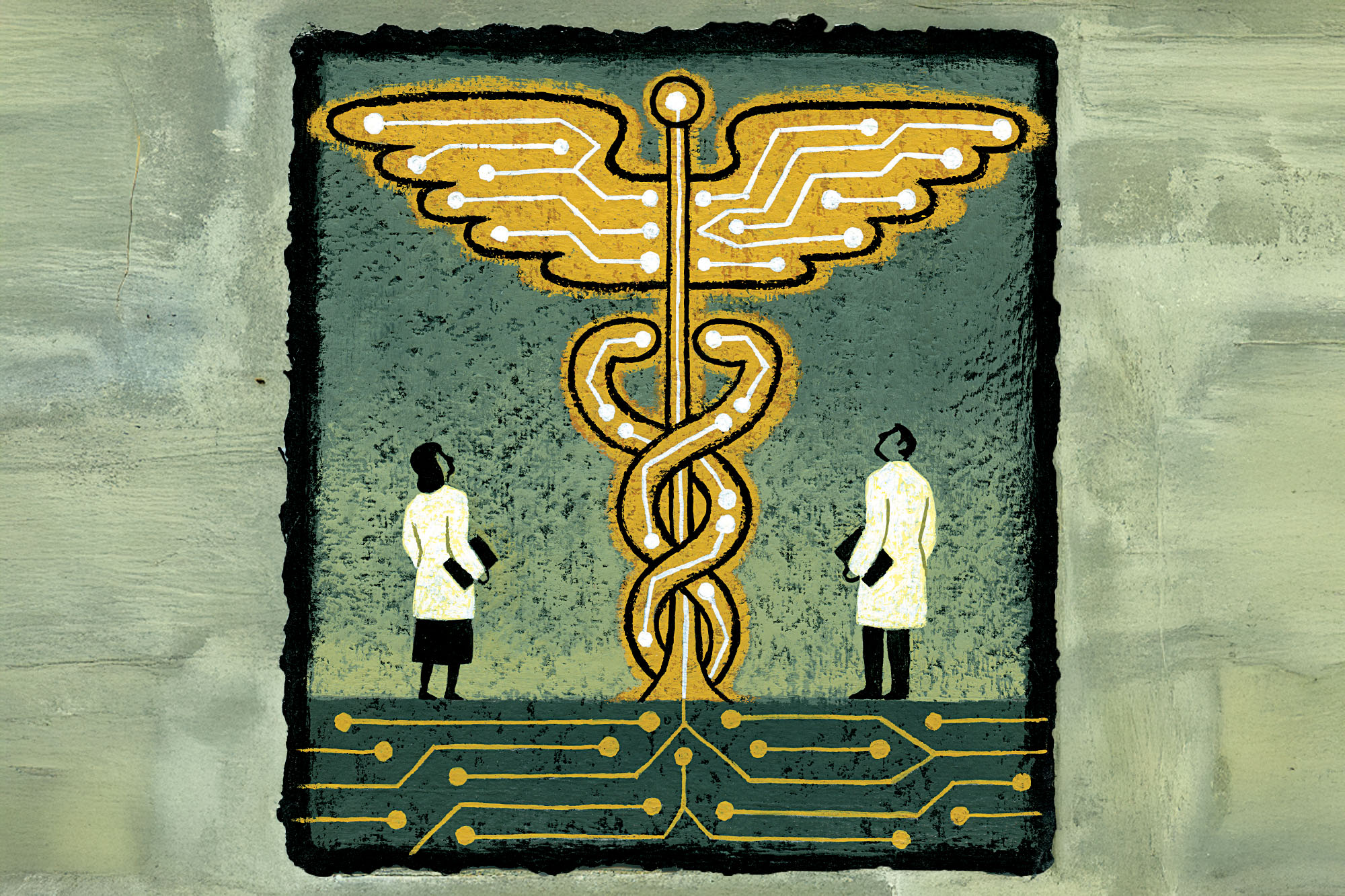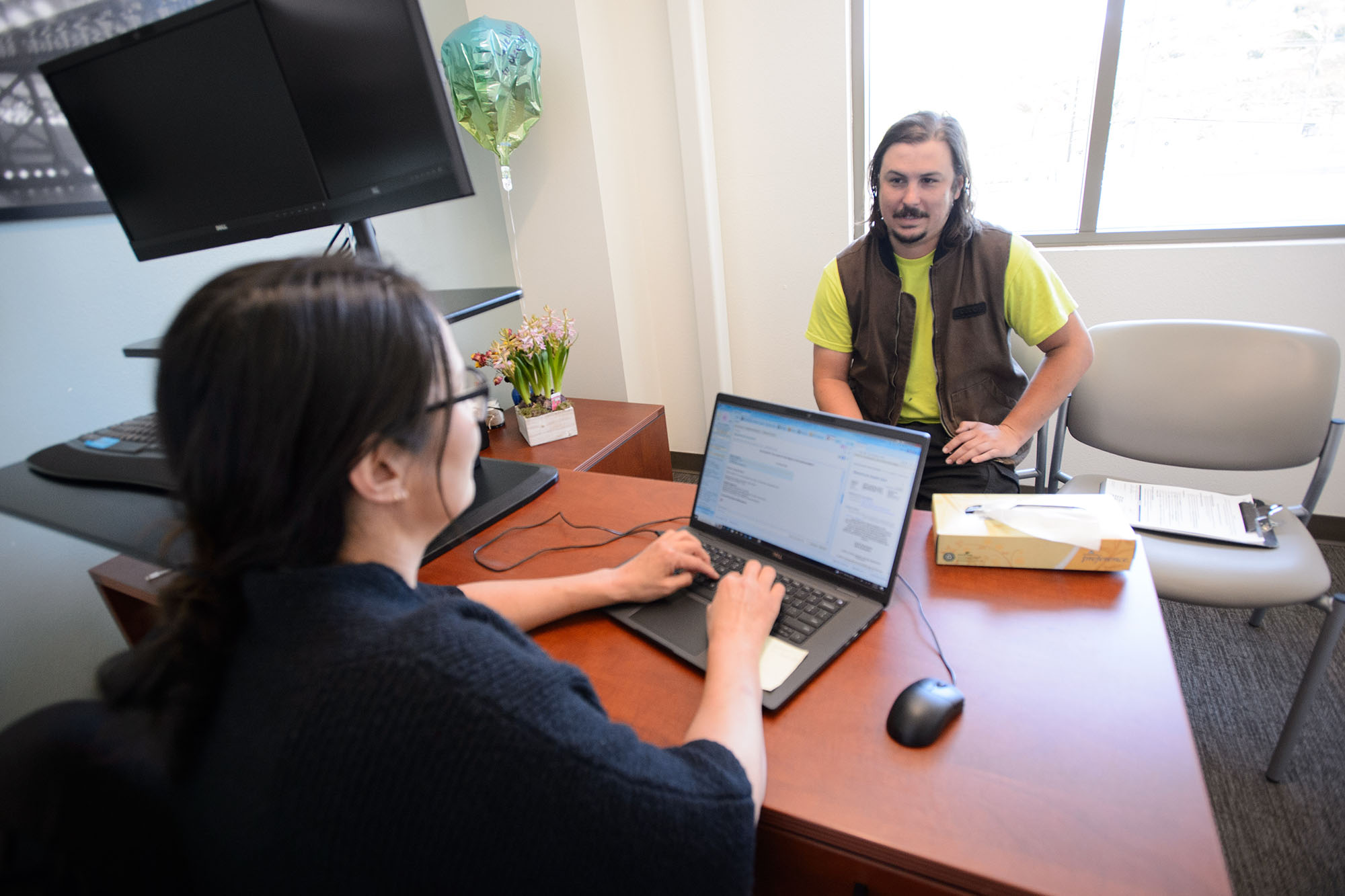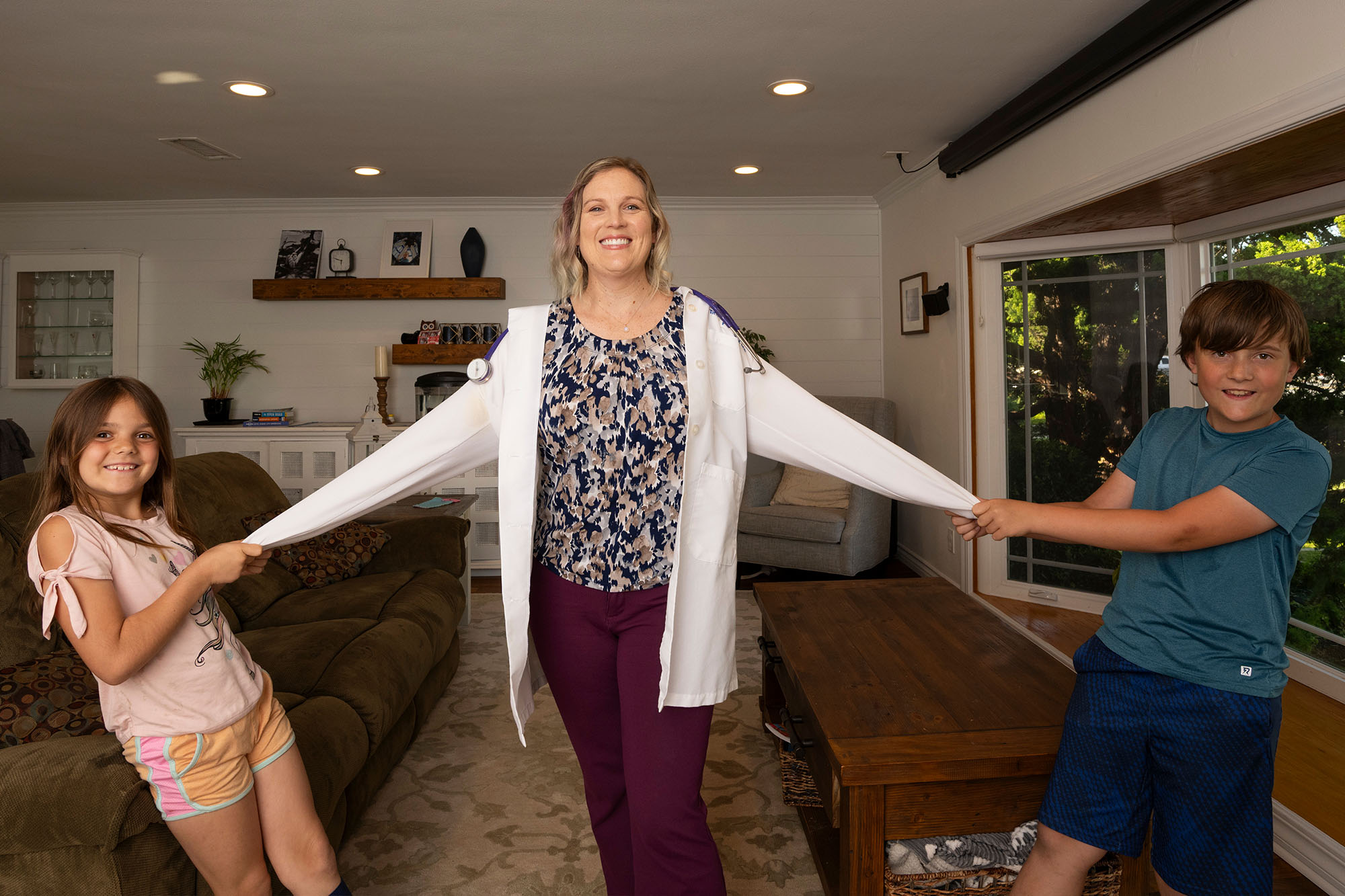The next phase of California’s telehealth evolution is upon us. While advances have been made in policy, patient awareness, research, and health system transformation, work remains to be done. This report describes the evolution of telehealth over the past two decades, outlines learnings from years of telehealth-related efforts, and identifies opportunities for the future.
This report defines telehealth as the use of electronic information and telecommunication technologies to support the delivery of direct health care services to patients and to enable clinician-to-clinician consultations. Telehealth is considered part of a hybrid care model in which in-person and telehealth tools are used together to provide accessible, high-quality, and coordinated care. This report focuses on several key telehealth modalities used in outpatient settings: synchronous video and audio-only visits, asynchronous telehealth (sometimes referred to as “store-and-forward” telehealth), and eConsults.
This report was funded by the California Health Care Foundation, which has supported telehealth efforts to increase access to timely and equitable care for patients with Medi-Cal since 2004. Research for this report included a document and literature review as well as interviews with 27 individuals working in telehealth policy (i.e., advocates, association staff, government agencies), implementation (i.e., health system, health center, and health plan leaders), and research.





